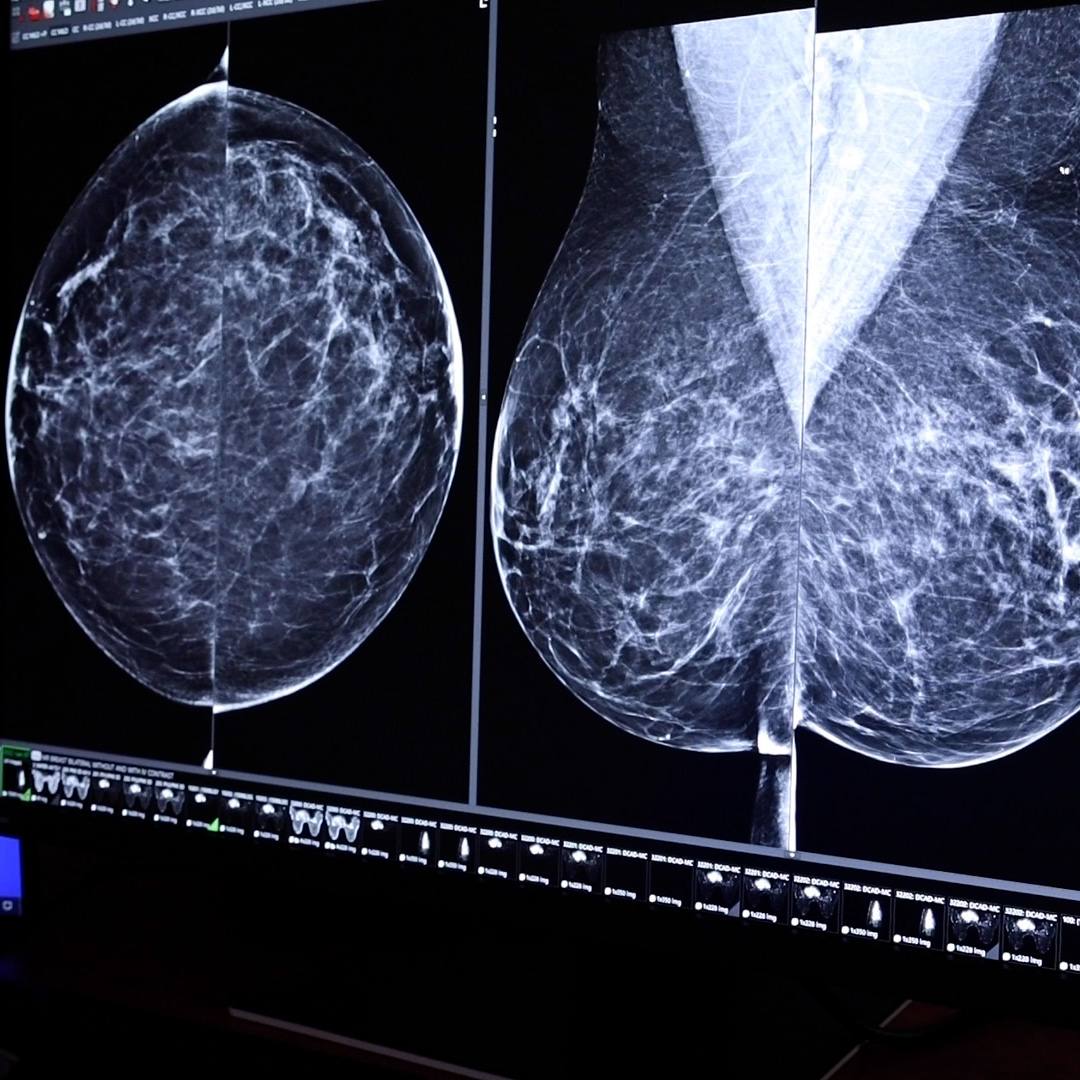-
Mayo Clinic Minute
Mayo Clinic Minute: Using 3D-printed, digital models for brain surgery
Like pilots who use simulators to practice and prepare for real-life flight scenarios, Mayo Clinic doctors are using simulators to prepare for serious and complex surgeries.
Journalists: Broadcast-quality video (1:07) is in the downloads at the end of this post. Please courtesy: "Mayo Clinic News Network." Read the script.
Any good actor will tell you: The more you rehearse, the better you perform. It's no different with neurosurgeons.
"A simulator can go a long way to dramatically enhancing learning curves in ways that serve, that provide, allow us to get better and better at what we do," says Dr. Bernard Bendok, a Mayo Clinic neurosurgeon.
Dr. Bendok is talking about Mayo Clinic's Simulation and Innovations Lab, which takes digital data of a patient's MRI or CT scan, and creates a 3D-printed model so the surgical team can simulate the actual procedure before it happens.
"If we want to replicate the vessels, we can then cast that model with plastics and materials that replicate blood vessels so that we can take that cast of the vessels and then take it to the procedure room and put our catheters into it. And it's very much similar to putting it into human vessels," says Dr. Bendok.
Surgeons also are viewing digital models with virtual reality.
"We can actually — with our heads-up displays and with our goggles — walk around the model, walk around the aneurysm, get inside it, 'swim through it,' and really get a real three-dimensional feel of what we're up against," says Dr. Bendok.
This state-of-the-art technology is transforming medicine and ultimately providing better care for patients.
For the safety of its patients, staff and visitors, Mayo Clinic has strict masking policies in place. Anyone shown without a mask was recorded prior to COVID-19 or recorded in an area not designated for patient care, where social distancing and other safety protocols were followed.







